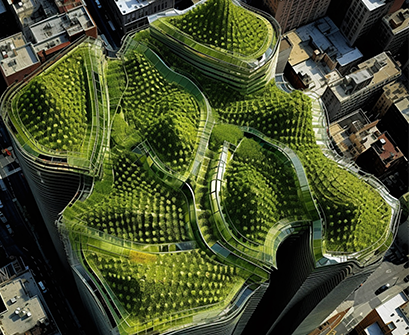Overview
As the world grapples with climate change and urbanisation, the engineering and construction sectors are under pressure to reduce their environmental impact. Green construction—also known as sustainable building—emphasises energy efficiency, resource conservation, and environmentally responsible design. It is no longer a niche concept but a necessary shift for future-ready infrastructure.
Key Focus Areas in Green Construction
1. Energy-Efficient Building Design – Integrating passive design principles, energy modelling, and smart systems reduces dependency on fossil fuels. Buildings equipped with efficient lighting, insulation, and HVAC systems significantly lower operational energy use and carbon emissions.
2. Sustainable Materials and Waste Reduction – The use of recycled, low-carbon, and locally sourced materials minimises environmental impact. Green construction also promotes modular building techniques and lean construction practices to reduce waste and improve efficiency.
3. Water Management and Indoor Environmental Quality – Incorporating rainwater harvesting, greywater recycling, and low-flow fixtures contributes to water conservation. Additionally, designing for better air quality, daylight access, and thermal comfort enhances occupant health and productivity.
4. Certification and Lifecycle Approach – Frameworks like LEED, BREEAM, and EDGE help benchmark sustainability performance. A lifecycle perspective ensures that buildings are designed for longevity, adaptability, and low environmental footprint from construction through demolition.
Conclusion
Green construction is not just about environmental stewardship—it’s about resilience, cost savings, and long-term value. As governments tighten regulations and investors prioritise ESG goals, companies that lead in sustainable infrastructure will be better positioned for future growth. Embracing green building practices today lays the foundation for smarter, more sustainable cities tomorrow.

